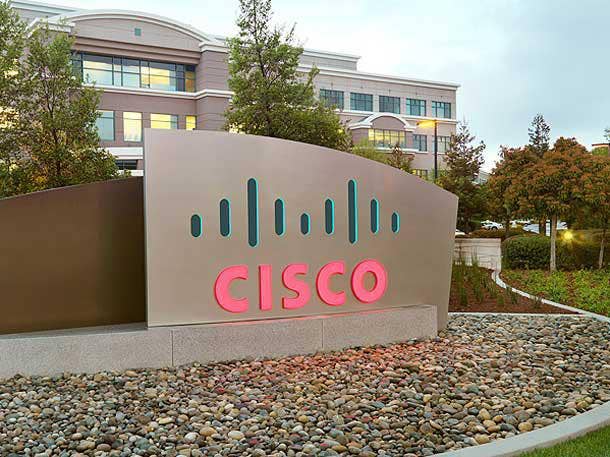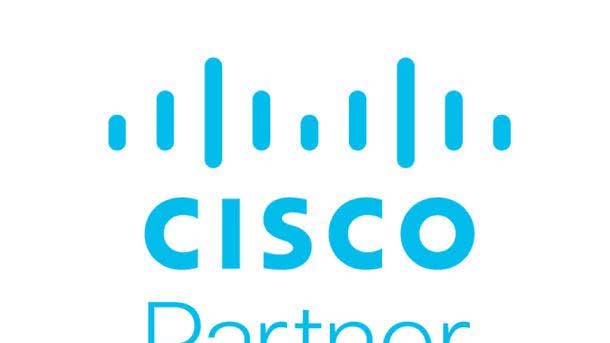Cisco’s Reorganization Plan: 5 Big Things You Need To Know
From a shakeup within the enterprise networking and cloud business segments to a leadership shuffle, here are the biggest takeaways of Cisco's newly-announced organization plans.

Cisco Systems, in a move to stay relevant with its customers as businesses change how they are buying and consuming IT today, disclosed that it would be restructuring several of its business units while reshuffling its leadership.
The San Jose, Calif.-based tech behemoth has been driving hard toward software and recurring revenue and it needs its business units to reflect these changes. At the same time, some segments have started to lag behind – namely, the firm’s data center business – and Cisco is feeling the pressure to keep up with emerging market trends and make decisions faster.
Here are the five biggest takeaways of Cisco's newly-revealed organization plans.

The Reason Why
At a time in which businesses are moving some of their applications into public cloud environments and in some cases, doing away entirely with private data centers, Cisco has felt the impact. The tech giant has been pivoting its business in recent years to focus more on software and subscriptions. The changes to the business that were revealed yesterday reflect that Cisco is still working to align itself with the IT consumption motion that customers need, according to David Goeckeler, Cisco's executive vice president and general manager of Networking and Security, in an email to Cisco employees that was sent out this week.
"Our customers and partners are in the early stages of understanding the outcomes a multi-domain architecture can drive and the business-critical capabilities they'll gain from deploying our new technologies ... It's critical that we continue aligning our development process with the consumption motion our customers need as they begin to embark on a multi-domain approach," Goeckler said in his email.

Enterprise and Data Center Networking Change-Up
Cisco wants to realign its networking strategy around users and applications, no matter where they sit on the network or in the data center or cloud. That's why the company is rolling its Enterprise Networking and Data Center networking teams into one group. Cisco's networking technology and Service Provider as a channel platform, which are currently a part the Cloud Platforms and Solutions group, will be moved into the new networking and data center segment.
Cisco's enterprise and data center networking shakeup follows a soft fiscal quarter for the tech leader in networking and data center sales. In Q1 2020, Cisco's Infrastructure segment, which includes the core switching and routing businesses as well as wireless and data center products, decreased by 1 percent. The majority of Cisco's revenue comes from its data center networking products.

Cloud Strategy And Compute Revamp
Cisco's current cloud business unit, Cloud Platform and Solutions, is being revamped into the Cloud Strategy and Compute segment as the company works to stay competitive in the cloud market against the public cloud giants. At the same time, Cisco partners with many of the leading cloud heavyweights, including Amazon Web Services (AWS).
Goeckler said that Cisco is expanding its group focused on the cloud market that will drive Cisco's cloud strategy, including its compute business. The cloud group will collaborate with the Enterprise Networking team, he said.
Cisco CEO Chuck Robbins told CRN in November that AWS, in particular, was a "good customer" of Cisco's and that it plans to continue to collaborate with AWS from a solution stack perspective.

Service Provider Business Moves
Cisco has historically counted service providers as its largest customers, but carriers aren't buying gear the way they once did. Many service providers, including AT&T and Verizon, are working toward virtualizing their network infrastructure and are buying cheaper, white box gear to help them reach their goals. The company's service provider revenues dropped 13 percent during its most recent fiscal quarter.
Cisco has decided to roll its network orchestration products, which are currently part of the Cloud Platforms and Solutions group, into its Service Provider Business.
Leadership for Cisco's service provider business will be staying the same. The segment will continue to be led by Jonathan Davidson, Cisco's senior vice president and general Manager of Service Provider Networking.

Leadership Shakeup
Cisco revealed that Dave Ward, its chief technology officer of engineering and chief architect of more than seven years and longtime Cisco Fellow, will be stepping down from his post to take a new role inside the company. In his place will be Roland Acra, who has spent the last three years as senior vice president and general manager of Cisco’s Data Center business.
The soon-to-be combined enterprise and data center networking unit will be led by Cisco's senior Vice president and general manager of enterprise networking, Scott Harrell, who has spent the last two years leading the enterprise networking business unit. Harrell has an 18-year tenure with Cisco.
Liz Centoni, a 19-year Cisco veteran and current senior vice president and general manager of IoT for the tech giant, will be heading up the new Cloud Strategy and Compute business unit. She'll also continue to lead the IoT segment for Cisco. Cloud computing's former leader, Kip Compton, will move to Cisco’s Networking and Security Business group, according to Goeckeler's email.